Biodegradability in fashion: all you need to know
Discover what you need to know before trusting biodegradability claims on your garments
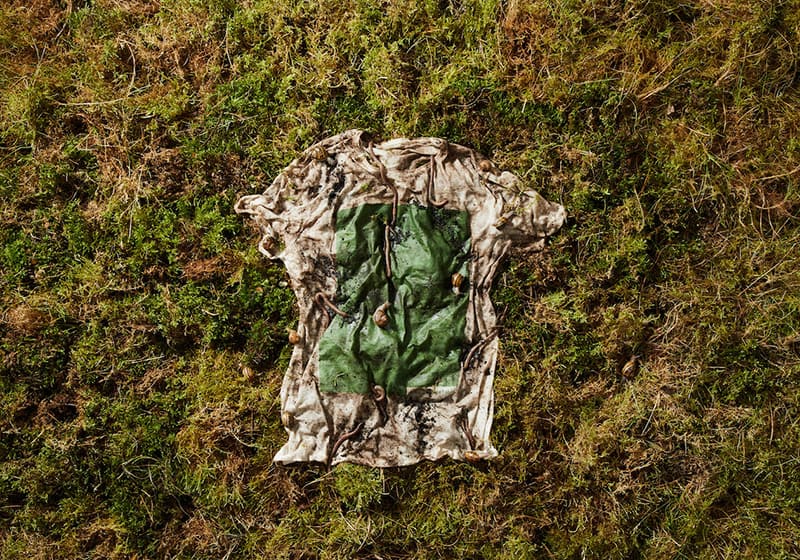
If you take a look at the fashion world, you will notice that numerous brands, from street fashion to technical clothing for sports, are starting to manufacture garments with biodegradability in mind.
The latter refers to the ability of things to get disintegrated (decomposed) as a result of the action of biological agents such as plants, bacteria or animals, along with other physical agents such as the sun or water.
This translates into the use of materials that are nature-based, nature-friendly and biodegrade easily. However, there are some factors you need to watch out for.
First of all, what is the difference between "BIODEGRADABLE" and "COMPOSTABLE"?
On the one hand, a material can be defined as “biodegradable” if it is capable of being broken down (decomposed) rapidly by the action of living organisms, producing water, carbon dioxide, and biomass. The European Commission; defines an item as biodegradable “if it reaches 90% of its biodegradation within 6 months once put in the right conditions”. On the other hand, a material can be defined as “compostable” if it can decompose into, or become part of, usable compost or mulch (decayed organic material) which is non-toxic. While consumers may be looking for biodegradable, finding truly compostable fibers isn’t simple.
Looking at the definitions of both terms it’s pretty understandable why they are so easily confused but there’s a difference. While all compostable material is biodegradable, not all biodegradable material is compostable.
Although biodegradable materials return to nature and can disappear completely they sometimes leave behind toxic residue, on the other hand, compostable materials create something called humus that is full of nutrients and great for plants. In summary, compostable products are biodegradable, but with an added benefit. That is, when they break down, they release valuable nutrients into the soil, aiding the growth of trees and plants. While biodegradable items refer to just any material which breaks down and decomposes in the environment, compostable goods are specifically organic matter which breaks down, the end product having many beneficial uses which include fertilizing and improving soil health. Most importantly compostable items don’t leave toxic residue behind because it’s already organic.
Unlike compostable, the vast majority of materials on earth will biodegrade. The problem is that some, like plastic, will take a millennium to disappear and will even leave toxic waste behind.
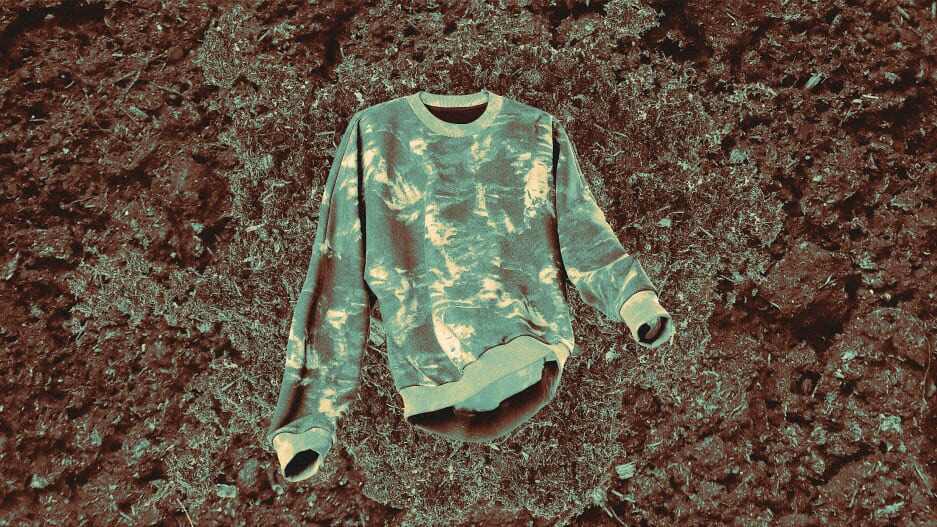
Which are the most biodegradable fibers in fashion?
Nr. 1
Organic Cotton
As a completely natural material grown in fields, cotton is completely biodegradable, both anaerobically (without oxygen) and aerobically (with oxygen), in 1 to 5 months. The downside is when cotton is not grown in an organic way, with the use of toxic chemicals, when the chemical parts of it are broken down, these chemicals seep back into the ground and harm the surrounding environment.
Nr. 2
Linen
Linen is made from flax plants and is one of the most biodegradable fibers ever. When untreated (i.e. not dyed) it is fully biodegradable in as little as two weeks.
Nr. 3
Kapok
Kapok fiber is an all-natural, renewable, silk-like material harvested from the seed pods that fall from the tree. Kapok is a compostable and biodegradable.
Nr. 4
Hemp
Since hemp is derived from plants and is not processed excessively, it can biodegrade in 3 months
Nr. 5
Organic Bamboo
Organic bamboo is broken down quickly with natural enzymes to produce yarns and is often a more expensive process. Pure organic bamboo fabrics and fibres takes about 4-6months to biodegrade naturally.
Nr. 6
Abaca
It is a leaf fibre made from the leaves of the Abaca plant. The leaf stalks are handled manually, stripped and pulped before being washed and dried to make the fibres. This fabric making is very strong but despite that, Abaca starts to disintegrate after 2 months of discard and this makes it eco-friendly as it is not harmful to the environment.
Nr. 7
Jute
It is a long, soft and shiny vegetable fibre that can be made into strong threads. Jute take 1-4 months to biodegrade completely once it is discarded onto the ground.
Nr. 8
Wool
Wool is 100% biodegradable in both land and marine environments in 6 to 12 months; and not only does wool biodegrade in the earth, but it also promotes soil health, releasing valuable nutrients back into the ground.
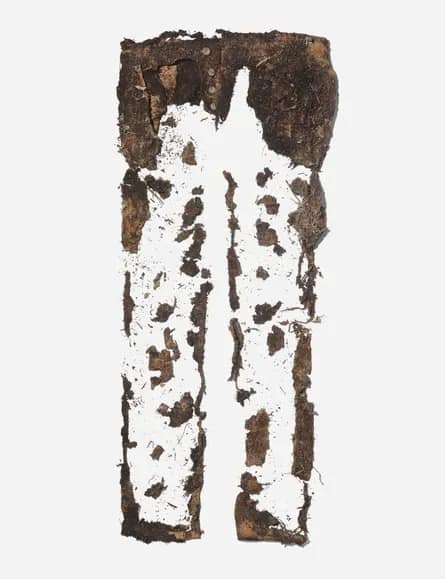
... There are also some innovative man-made fibers that are biodegradable
Nr. 1
Lenzing TENCEL™
TENCEL™ Lyocell and Modal fibers are produced from wood pulp from sustainably managed sources, a renewable resource. Most TENCEL™ fibers have been certified as biodegradable and compostable under industrial, home, soil, freshwater, and marine conditions, and can fully revert to nature.
Nr. 2
Viscose
Viscose is fully biodegradable in four to six weeks in land, water, and marine conditions.
Nr. 3
Soysilk
Soysilk is a material that is exactly what it sounds like, a silk-like fiber that is made from soybean residue that would otherwise be wasted during it’s manufacturing. Since it is made from soy residue, it doesn’t use up valuable resources, rather, it repurposes waste. It is completely natural, and because of this it is fully biodegradable.
Nr. 4
SeaCell™
The seaweed is washed, dried, carefully ground and incorporated into cellulose fibers, from which textiles for a wide variety of applications are made. The fiber is produced exclusively from sustainable raw materials – wood and seaweed – using methods that save both energy and resources. It is completely biodegradable.
Nr. 5
Lenpur™
This biodegradable fabric is made from white pine tree clippings, and “offers the comfort of silk, the touch of cashmere and the lightness of linen.” Lenpur is a cut above the other cellulose fibres due to its softness, its absorption capacity and ability to release dampness, and its ability to sustain a higher thermal range — thus keeping you cooler in the summer and warmer in the winter.
Nr. 6
Spinnova®
A cellulosic staple fiber that is made out of FSC certified wood, agricultural and bio waste mass, claimed as 100% biodegradable. Unlike other cellulosic fibers, Spinnova converts pulp directly into textile fiber without dissolving or the use of harmful chemicals. The process is based on mechanical treatment of the pulp, as well as fiber suspension flows and rheology.
Nr. 7
Orange Fiber
Orange Fiber has developed a process that closes the loop on citrus waste: by extracting cellulose fibre from orange peel the Sicilian start-up can spin these fibres into biodegradable yarns.
Nr. 8
Amni Soul Eco®
Amni Soul Eco® is the polyamide yarn with enhanced biodegradability, developed and produced by Solvay and distributed by FULGAR. As demonstrated by laboratory biodegradation tests in accordance with ASTM D5511*, Amni Soul Eco® biodegrades in around 5 years when disposed of in landfills.
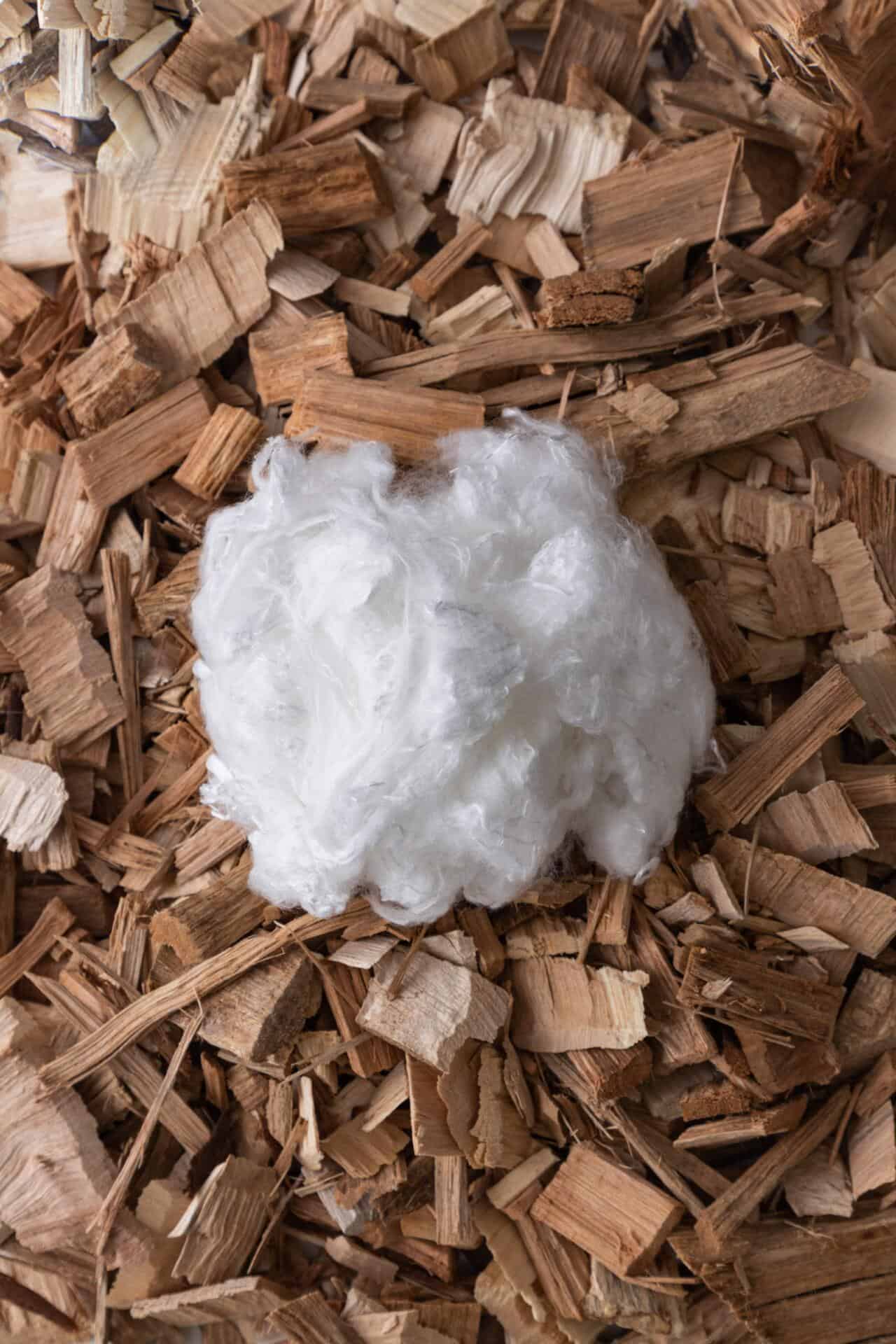
Which fibers DO NOT biodegrade?
Nr. 1
Nylon
No form of nylon is biodegradable; so once you no longer have a need for your torn stockings or old toothbrush, it sits in a landfill for hundreds of years.
Nr. 2
Spandex or Elastane
Spandex - or Elastane - is not biodegradable, it may take up to 200 years for synthetic textiles such as spandex to decompose.
Nr. 3
Acrylic
Acrylic is not biodegradable and it may take up to 200 years for such synthetic textiles to decompose. Acrylic production is relatively destructive, energy intensive, micro-fibers wash off, it’s non-recyclable and toxic chemicals are required.
Nr. 4
Polyester
It's not considered biodegradable because most polyester takes from 20 to 200 years to break down, depending on the environment it's in.
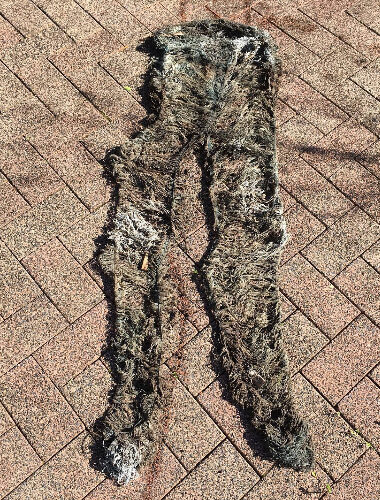
Let's see some elements that slow down, or inhibit, garments’ biodegradation and can lead to the release of toxic chemicals
Nr. 1
Material blends
Fibers are often blended to improve the feel, performance, durability of the fabric or just to lower the price. When biodegradable fibers (such as cotton or wool) are blended with non-biodegradable fibers (such as polyester, acrylic, nylon, or elastane), the mix is no longer easily biodegradable — even if the added amount of non-biodegradable fibers is minimal - and can release dangerous substances or chemicals into the ground.
Nr. 2
Dyes
Dyes play a huge role in enabling or derailing a brand’s efforts towards ethical sustainable fashion. These are used in textiles to color the original raw material of the product. Today most fabrics are colored with petroleum-derived synthetic dyes that are not necessarily safe if they leak into the environment.
Nr. 3
Finishes
Many fabrics are coated with chemical treatments that provide stain-, water-, fire-, or wrinkle-resistance. Research has shown that certain finishes, such as PFAS, possess hazardous properties that are persistent in the environment.
Nr. 4
Sewing threads
Sewing threads are often made from polyester or cotton wrapped around a polyester base. That makes it more sturdy, but also potentially a “microplastic” that pollutes the environment during the biodegradation process.
Nr. 5
Zippers and buttons
These trims are most commonly made of plastic or metal that takes an endless time to biodegrade.
Nr. 6
Sequins
Sequins are the straw of the fashion Industry. The way a tiny plastic straw has managed to ruin the marine ecosystem is the same as the devastating impact of micro-plastics like sequins and glitters embedded in clothes can’t be ignored either. The production of conventional sequins pollutes the environment due to its polyvinyl chloride (PVC) component.
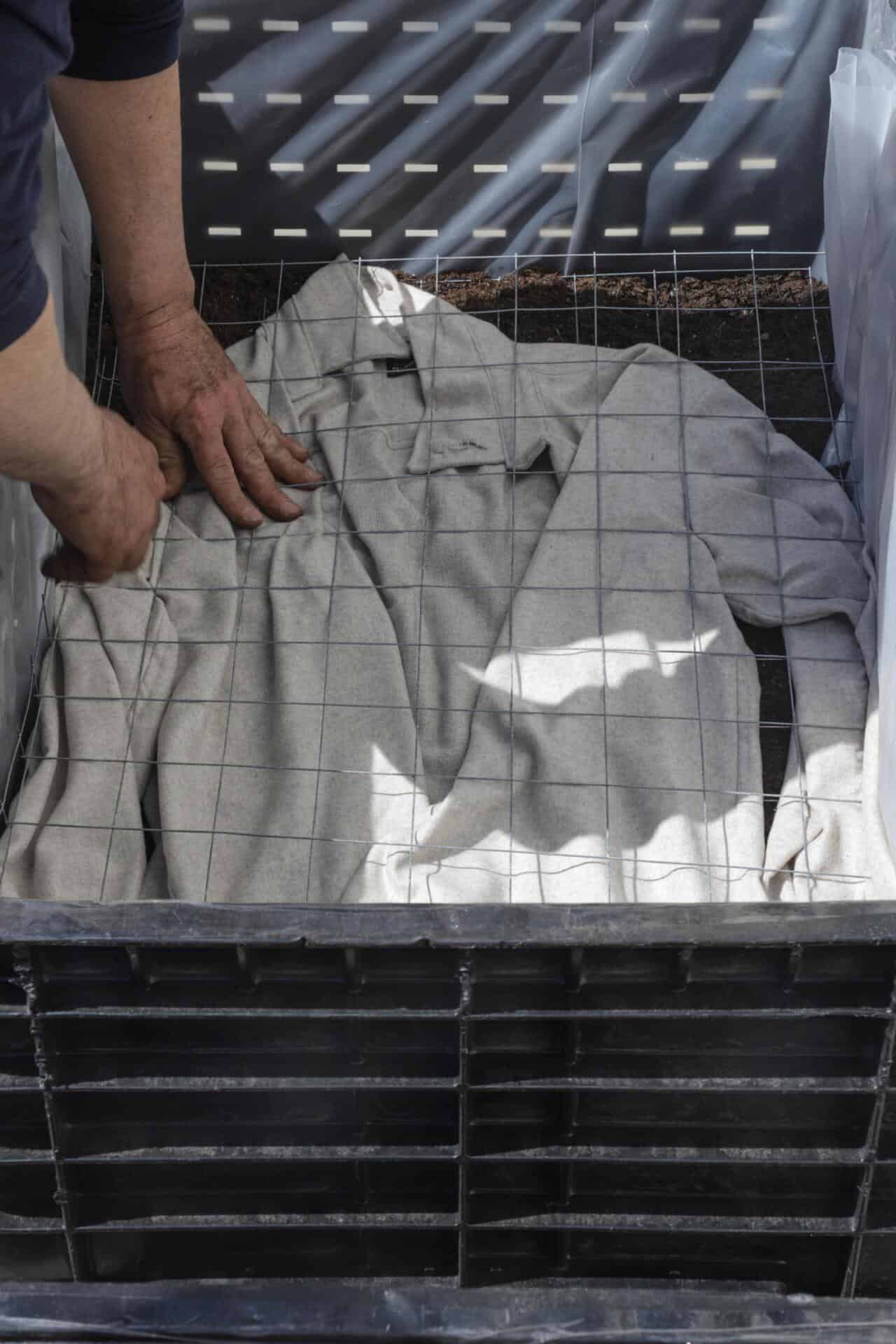
In conclusion, most fibers we use nowadays are inherently biodegradable, but when blended with synthetic fibers, coated with chemicals or dyed with colours, it can take hundreds of year for a piece of cloth to disintegrate and amalgamate with nature.
For instance, non-organic cotton laced with chemicals and dyes won’t break down, while organic cotton, without chemicals, pesticides and synthetic colour would be absorbed by the earth in just one to five months. The same principle can be applied to almost all fibres. Non-organic bamboo treated with hydrogen peroxide won’t easily biodegrade, while untreated bamboo disintegrates in four to six months.
So here’s what you need to think about when shopping:
ALWAYS check the care label
Prefer biodegradable fibers (as shown above)
Prefer mono materials garments
Avoid natural+synthetic blends
Prefer garments with as less trimmings as possible
ASK FOR MORE INFORMATION TO BRANDS.
Look for proof of what they claim, ask for the tests they’ve done on garments’ biodegradability. If they have nothing to hide, they will just provide you with evidence of what they’re claiming. If you get a vague reply, with no concrete or detailed answers, or they say ‘all the information is on our website’ then you will definitely know they are greenwashing.
About Manteco, Italian premium textiles and circularity since 1943
After decades in the fashion world, in 2018, we have created the Manteco Academy project, through which we give webinars, in-person lessons and workshops on eco-design, circular economy and sustainability to numerous fashion schools, technical universities and brands worldwide. Thanks to this educative commitment and our heritage, we are often invited as guest speaker at events, panels, podcasts and conferences about sustainable fashion and circular economy.

